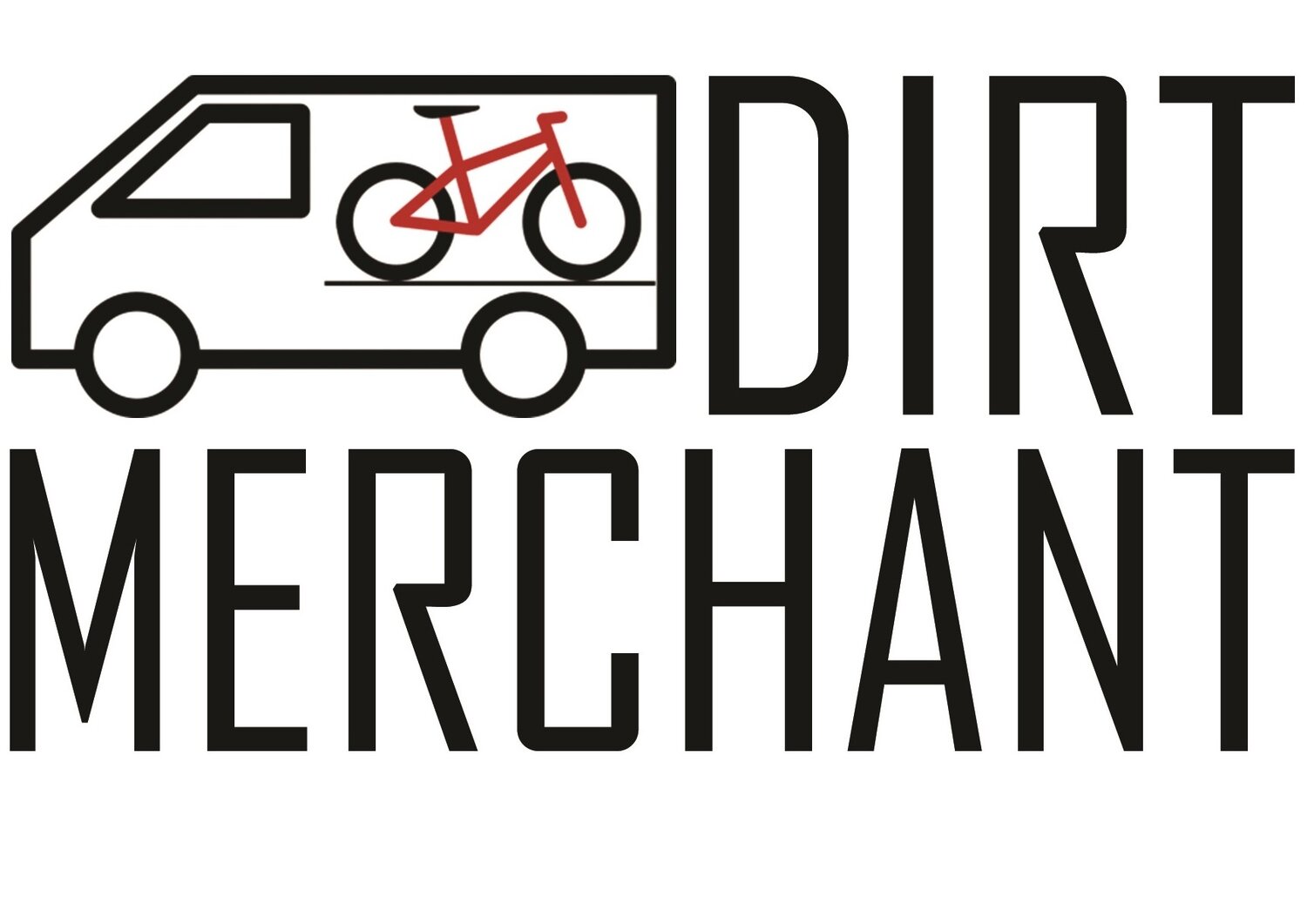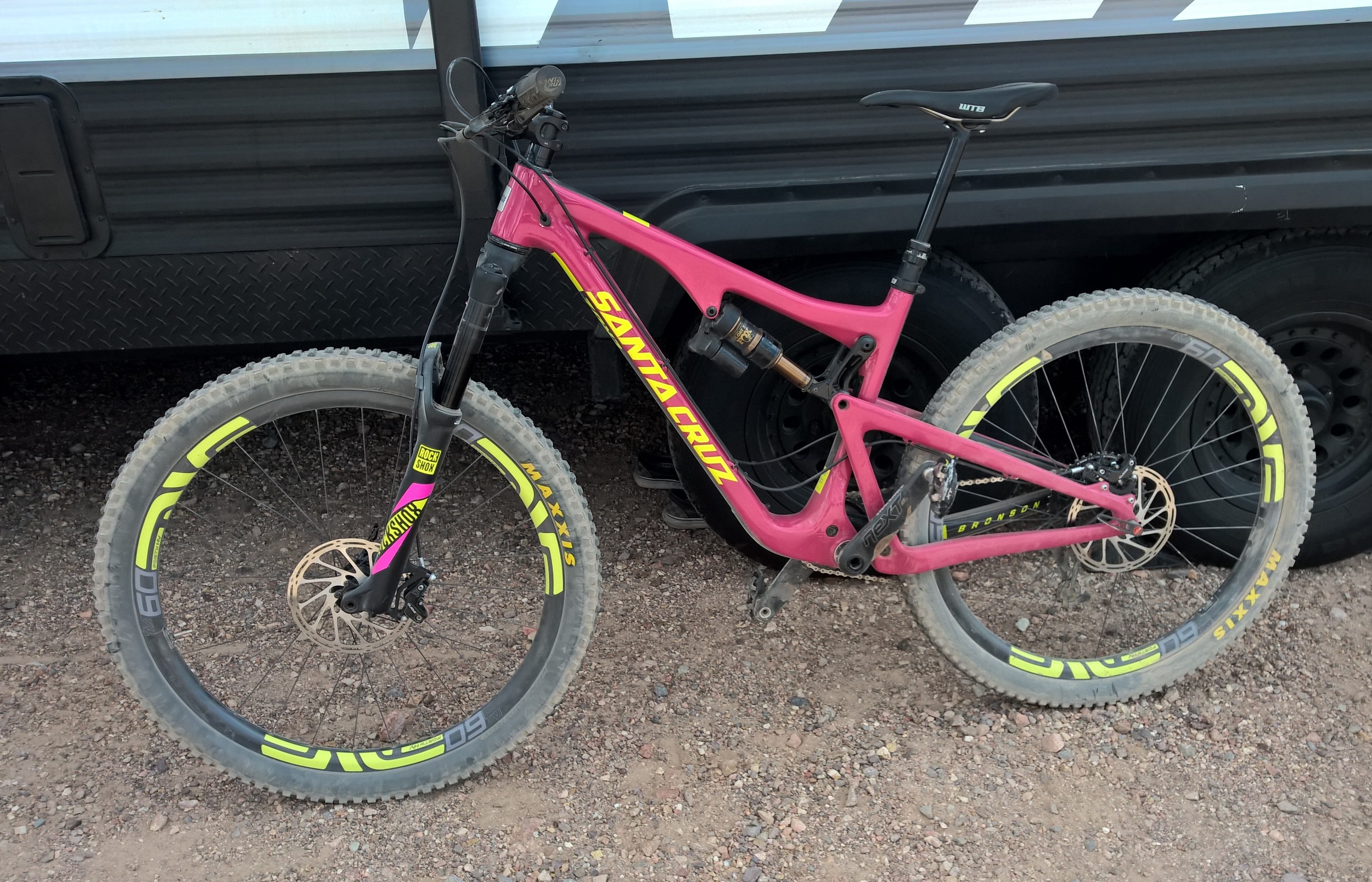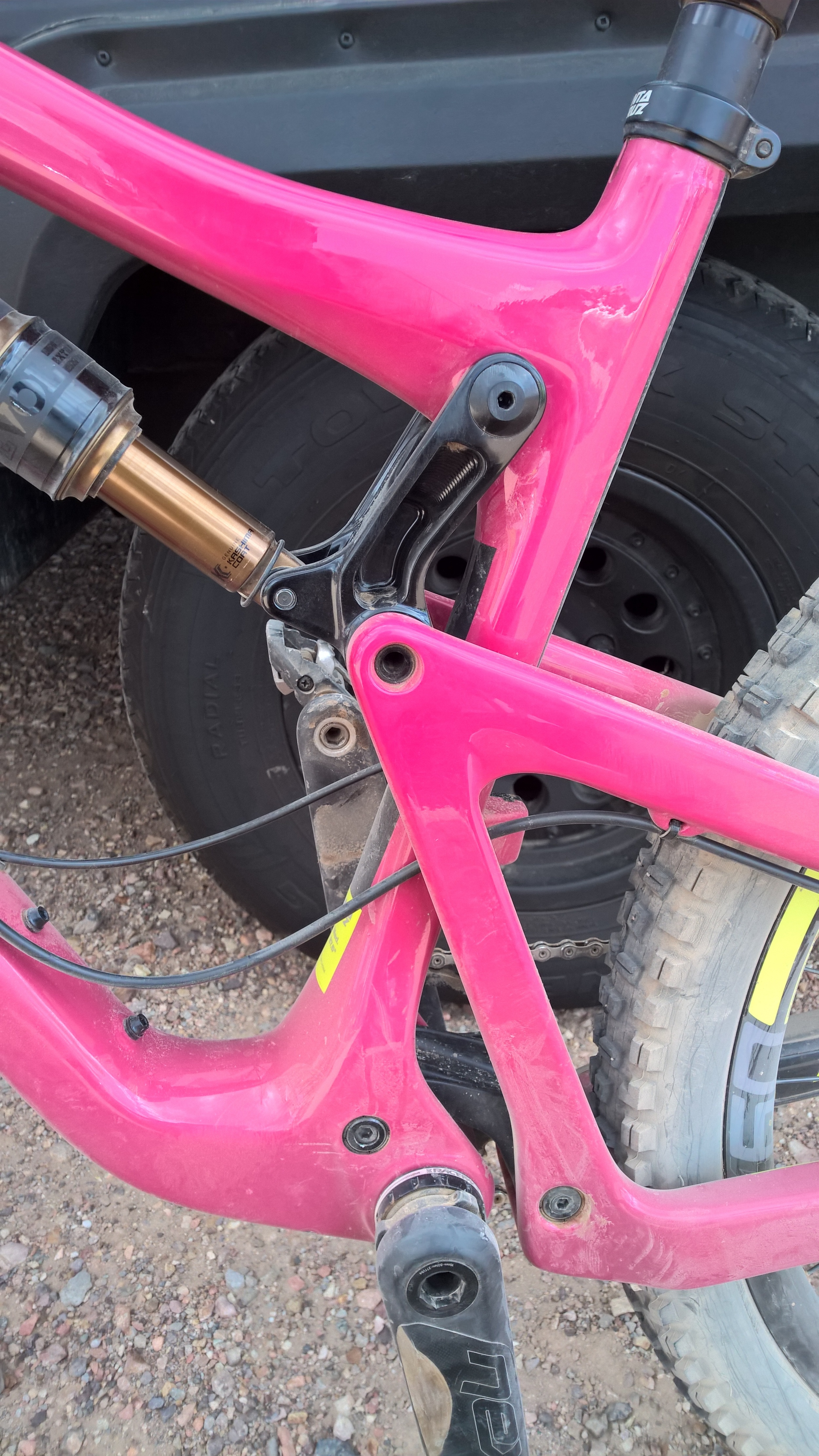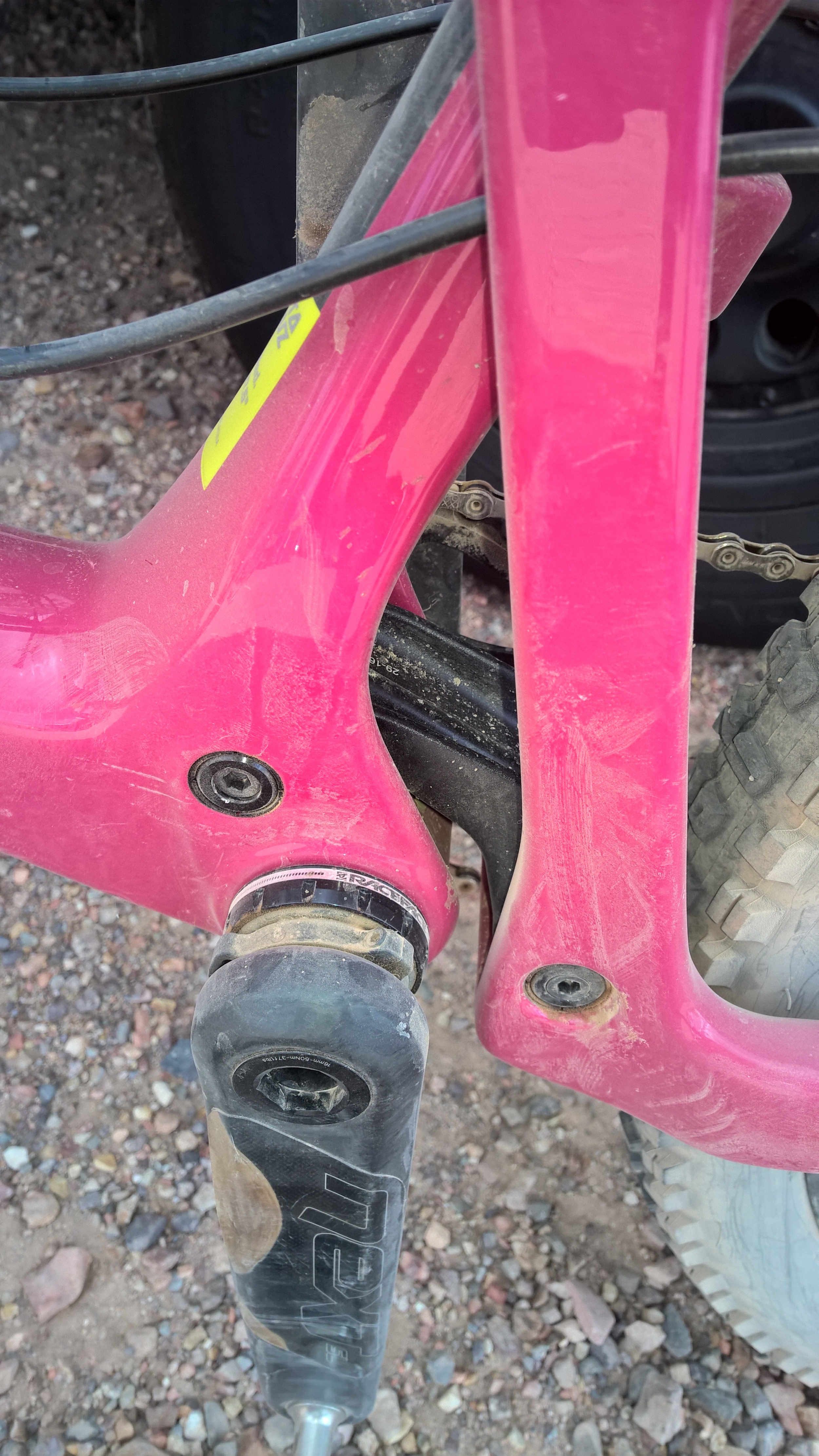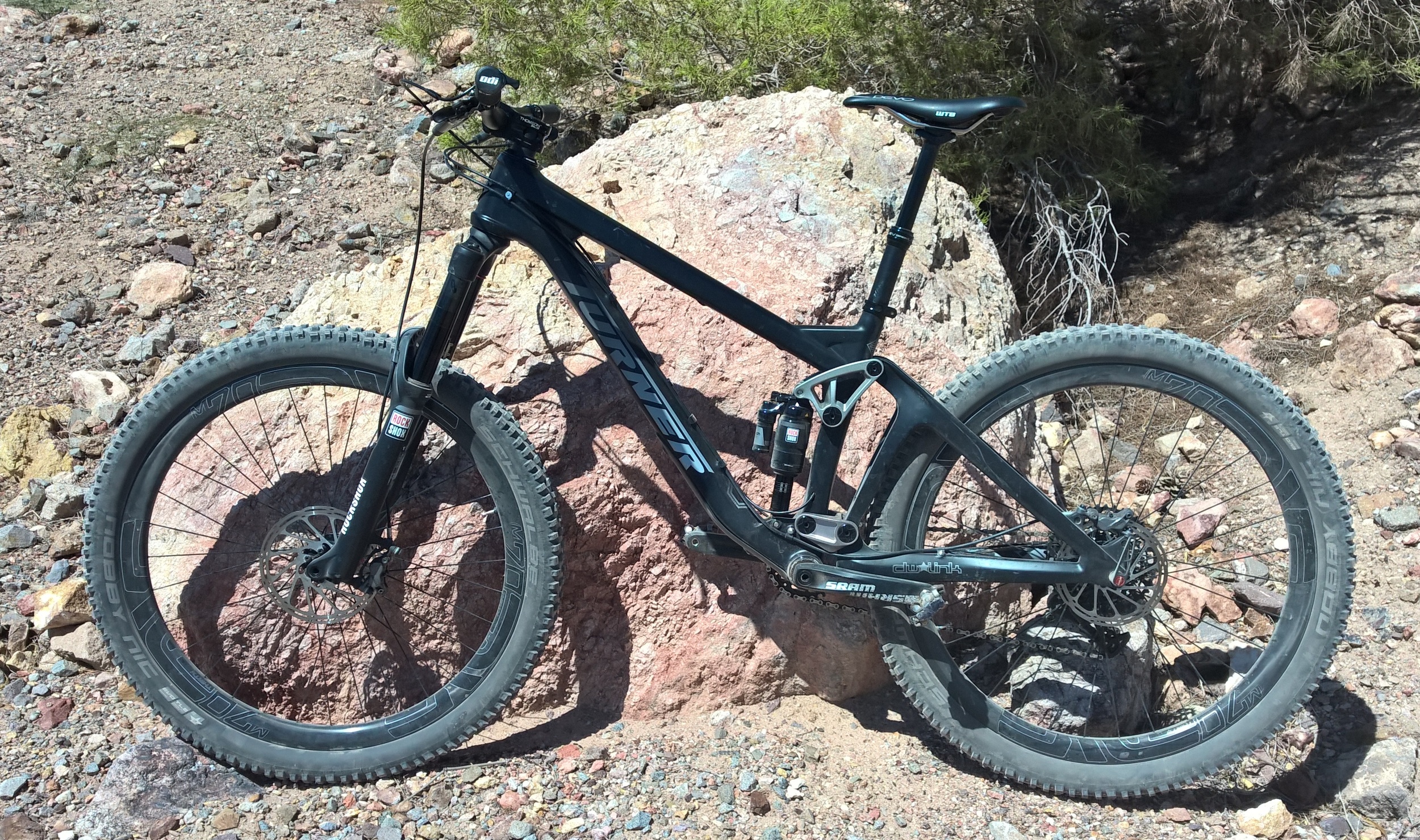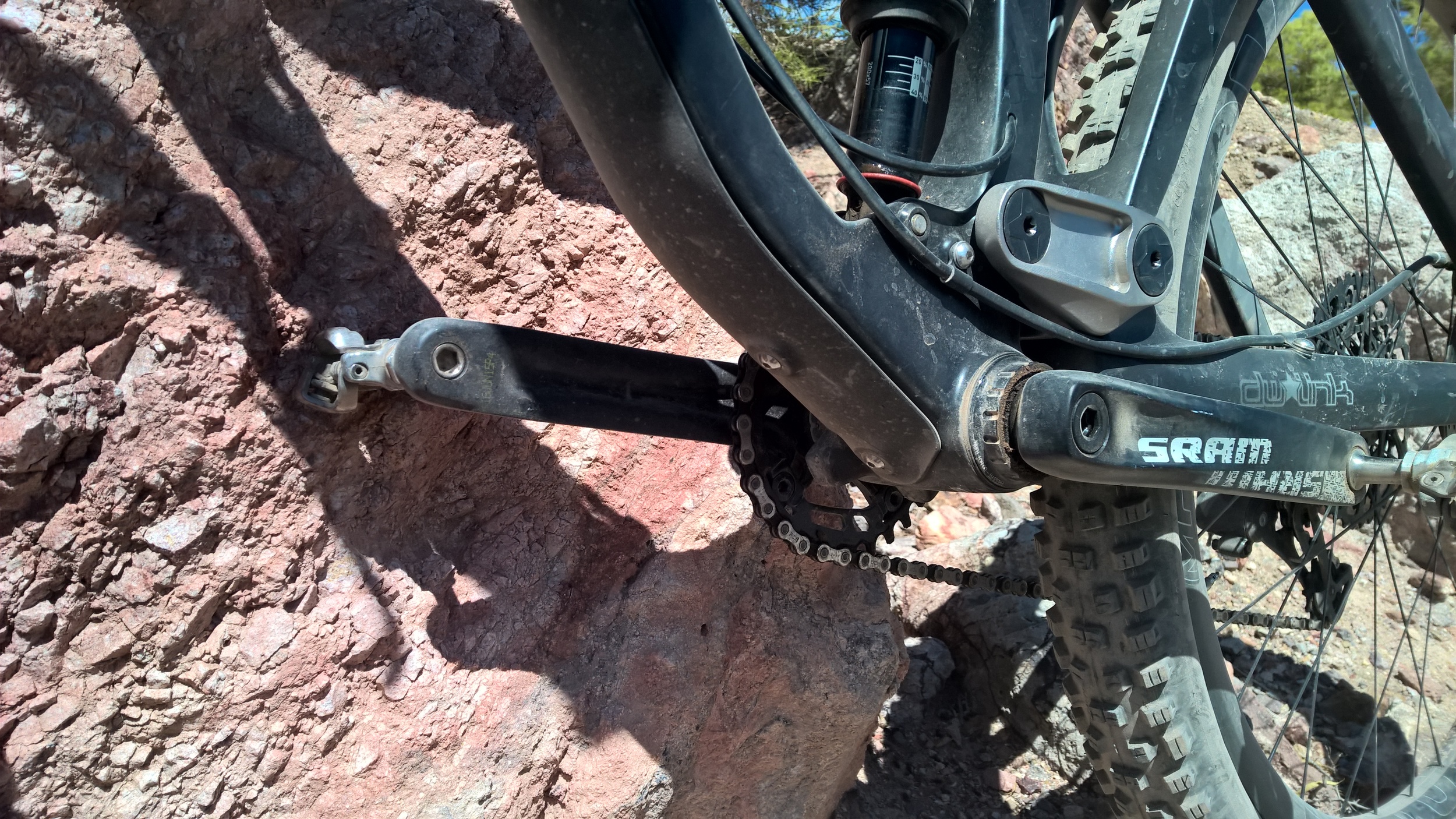Front Tire Summary:
The factors that came out as the key drivers of preference differentiating the most preferred front tires was their steering feel/handling and predictability balanced with adequate cornering grip. Absolute cornering grip did not seem to matter as much as steering feel and good feedback on how much traction is available.
The Rocket Ron was the best at balancing a reasonably high level of cornering grip with predictable traction and responsive steering feel. The closest front tire competitors to the Rocket Ron were the X-King and the Hans Dampf. The X-King had perhaps the sharpest steering feel, but tended to break away without much warning. The Hans Dampf had predictable traction but had a slower steering response due to the tread ‘skating’ a bit before digging into the loose over hardpack conditions of our test. Among the other front tires, the Neo-Moto and Ardent have decent traction, but were more difficult to ride fast due to less predictability at traction limits
Rear Tire Summary:
For the rear tire, the factor that was most important to testers was “usable” rolling resistance which I will define. “Usable” rolling resistance was a balance of good rolling resistance with sufficient climbing traction. A good example of how this factor came into play was the climbing performance of the X-King. The X-King was perceived overall as the fastest rolling rear tire, but had a tendency to lose climbing traction on rocks and loose dirt even on the moderate grades of the trails used in this comparison test. The Rocket Ron, in contrast, rolled almost as quickly as the X-King but had unshakeable climbing traction on par with the more aggressive and slower rolling Nobby Nic. Though the X-King was clearly the faster rolling tire, the Rocket Ron’s split times for the uphill segment were only slightly slower than the X-King (and statistically equivalent as the difference was within the statistical margin of error).
Among the rear tires in the test, the Rocket Ron was best at balancing rolling resistance with climbing traction and cornering grip. The X-King was fastest rolling with sharp handling, but tended to be less predictable in its climbing and cornering traction. The Nobby Nic was best in cornering grip, handling and braking but lost out on rolling resistance to its faster XC-oriented competitors though we found that slightly higher rolling resistance is balanced out by more predictable climbing traction. The Neo-Moto had no outstanding weaknesses, but was just not as fast or as grippy as the newer XC tire designs tested. The Ardent felt solid and rolled decently well, but was unexpectedly weak in braking.
Additional Considerations:
Ease of Tubeless Setup by brand:
[Caveat: This is on Stans Arch EX rims so certain brands may happen to match better with the rim diameter and profile of these rims. In particular, WTB TCS beads are known to be a tighter fit, though my experience has been that I’ve had no issues mounting a WTB Vigilante and a WTB Trail Boss on Arch EX rims. Your experience will likely vary with different rim brands/models.]
Schwalbe: Consistently, Schwalbe tires used in our tests have been the easiest to set up tubeless on the Stans Arch EX rims with 13 of the 15 Schwalbe tires we have mounted in our three comparison tests seating with only a floor pump and no additional manipulation beyond just mounting the tire and airing it up. About 2/3 of the Schwalbe tires held air even without sealant and all tires held air after doing a shake and distribution of sealant.
Continental: Of the 6 Continental tires that we have mounted, only 1 of the 6 seated easily with a floor pump, 4 required additional manipulation to seat and I gave up on seating one by hand (and went to the gas station to use their air compressor). All of the Continental tires lost air pressure over time until I did a second shake and distribution of sealant to seal the bead interface.
Maxxis: 3 of the 4 Maxxis tires seated easily with a floor pump and 1 required some additional manipulation to seat with a floor pump. 3 of the 4 tires held air after doing a shake and distribution of sealant and the remaining tire also held air after a second shake and distribution of sealant.
Handling Characteristics by brand:
A side benefit to the Schwalbe tire lineup that has been a consistent theme through our three comparison tests was the consistency in handling feel between the four Schwalbe tire models that we’ve tested. The Rocket Ron, Nobby Nic, Hans Dampf and Magic Mary all handle in a predictably similar fashion. Traction increases as you go from the less aggressive Rocket Ron to the Magic Mary along with rolling resistance, but how the tires respond to steering input remains consistent. The Schwalbe tires all have a balance between steering response, traction and predictability that gives the tires that we tested a consistent personality. As one tester put it, “The Schwalbes all have the same handling characteristics only with varying degrees of traction and rolling resistance.” The benefit to you if you have multiple bikes is that switching from the XC-oriented Rocket Ron on your XC/race bike to a heavier duty Magic Mary on your Enduro/All-Mountain bike doesn’t require you to completely change up your riding style to adapt to the change in tires. The Continental Mountain King II and the X-King also share a similar sharp handling feel, but the Trail King feels less sharp in its steering response
Schwalbe Tread Wear (Long-term report):
There have been online reports of faster tread wear on the Schwalbe tires, but we have not seen faster tread wear or undercutting of tread blocks in the eight months that we’ve had Schwalbe tires on our demo bike fleet. The more organic nature of our trails compared to more rocky trails elsewhere may be mitigating any tendencies that Schwalbe tires have for faster wear. For sure, much of the Schwalbe’s performance advantage over the other tires that we tested and their predictable handling do come from the softer rubber compounds and side knobs that extend beyond the casing. Consider this as similar to high performance tires for sports cars which also wear faster than typical passenger car tire, but offer better traction and response due to their soft rubber compounds. Schwalbe tires may not be the cost-efficient tire on the market, but we believe after our testing with multiple testers with different riding styles that Schwalbe offer some of the best riding tires available.
Tires that we carry
Based on the results of our two recent tire comparison tests, Dirt Merchant Bikes will be carrying the Schwalbe Rocket Ron tires in addition to the Nobby Nic, Hans Dampf and Magic Mary in all wheel sizes and widths for the summer riding season. We will also carry Maxxis DH-F/DH-R, High Roller II, and Ardent tires as a value priced option.
The Schwalbe tires that we carry & our pricing is:
Schwalbe Nobby Nic (new HS 463 version) Evolution Line –26”, 27.5” & 29” tire sizes: Regularly $67.99,
Schwalbe Rocket Ron Evolution Line –26”, 27.5” & 29” tire sizes: Regularly $67.99,
Schwalbe Magic Mary Evolution Line –26” & 27.5” tire sizes: Regularly $67.99,
Schwalbe Hans Dampf Evolution Line – 26”, 27.5” & 29” tire sizes: Regularly $67.99,
Typically, we will have the Pacestar (normal) and Trailstar (soft) compounds with Snakeskin/TL-Easy casing in stock with VertStar (softest compound) available to ship in 2 days.
The Maxxis tires that we carry & our pricing is:
Maxxis Minion DH-F 3C MaxxTerra EXO/TR
- 27.5 x 2.3: $62.99
- 27.5 x 2.5 Wide Trail: $63.99
Maxxis Minion DH-R 3C MaxxTerra EXO/TR
- 27.5 x 2.3: $62.99
- 27.5 x 2.4 Wide Trail: $63.99
If you have any questions/comments about this tire comparison test or questions about tires, please e-mail Dirt Merchant Bikes at jeff@dirtmerchantbikes.com
Ordering Tires:
Tires can be ordered from Dirt Merchant Bikes at: http://www.dirtmerchantbikes.com/tires-wheels/
Previous editions of our Tire Testing Reports:
If you're interested in reading the previous editions of our tire testing reports, they are located at:
- Winter 2015 Comparison Test 1: http://www.dirtmerchantbikes.com/special-events/2014/11/20/tire-comparison-test-report-2015-nobby-nic-high-roller-ii-neo-moto-hans-dampf
- Winter 2015 Comparison Test 2: http://www.dirtmerchantbikes.com/special-events/2015/1/15/pacific-northwest-winter-tire-comparison-test-session-2-2015-nobby-nic-mountain-king-ii-trail-king-vigilantetrail-boss-magic-mary-hans-dampf
If you have any questions/comments about this tire comparison test or questions about tires, please e-mail Dirt Merchant Bikes at jeff@dirtmerchantbikes.com
Tires planned for testing in Winter 2016:
Our next round of testing will happen again in November 2015 and we will focus again on more aggressive tires for wet trail conditions. We are considering the following tires for testing though any new tires introduced this fall will also be added to the consideration list.
Benchmark: Hans Dampf Trailstar 2.25 (front)/Nobby Nic Pacestar 2.25 (rear) – This combination balances the traction of the Hans Dampf as a front tire with a faster rolling Nobby Nic as the rear tire. We will switch to the Trailstar version of the Hans Dampf as the front tire.
Tires being considered for testing are (In order of testing priority):
- Maxxis Minion DHF 3C EXO TR 2.3 (front)/ Maxxis Minion DHR II 3C EXO TR 2.3 (rear) – As many of you have pointed out, this is been a notable omission in our testing to date. We have the options of testing one or more of the following combinations
- DHF(front)/DHR II(rear)
- DHF(front)/DHF(rear)
- DHR II(front)/DHR II(rear)
- Specialized Butcher 2.3 (front)/Purgatory 2.3 (rear) – This is also a popular combination in our area
- Michelin Wild Grip’R Gum-X (standard compound) 2.25 on front/rear or Wild Rock’R Magi-X (soft compound) on the front.
- Continental Trail King 2.4 Protection(front)/Mountain King Protection 2.4 (rear) – The 2.2 version of the Trail King didn’t so well in our Winter 2015 testing, but some of you noted that the 2.4 version has better traction. The 2.2 Mountain King did well in testing last winter, but was a bit too narrow.
- Bontrager XR4 (front)/XR3 (rear)
If you have any questions/comments about this tire comparison test or questions about tires, please e-mail us at jeff@dirtmerchantbikes.com.
